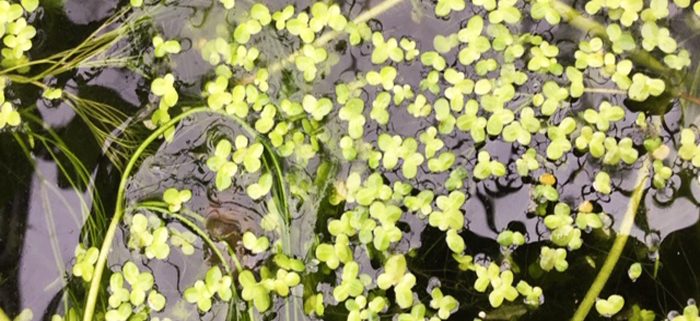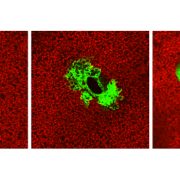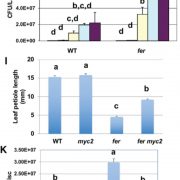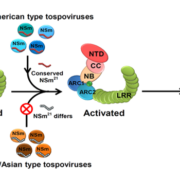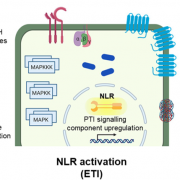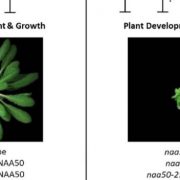Comparing genomes of diverse plants reveals new candidate genetic components for plant disease resistance
Baggs et al. look for key immune genes bases on their presence/absence patterns in different plant species. The Plant Cell https://doi.org/10.1105/tpc.19.00903
by Erin Baggs, University of California, Berkeley, USA
Ruby O’Grady, The John Innes Centre and The Sainsbury Laboratory, Norwich, UK
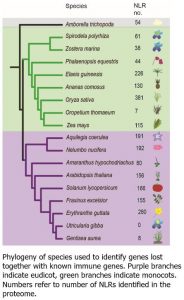 Background: Plants are constantly battling microbes that cause disease whilst in their natural habitats. It is important to understand how plants defend against these diseases in order to help maintain plant diversity and prevent loss to crop yield. One way plants defend against disease is through a cell-based surveillance system that utilizes immune receptors known as NLRs. NLRs are encoded by genes with a common genetic signature and therefore can be identified in the DNA of plants which have had their genomes sequenced. Often plant genome sequences are made available online and then other scientists can look into the DNA to identify genes of interest, in our case NLRs. The number of NLRs that have been identified in a single plant’s DNA ranges from 10 to 1000.
Background: Plants are constantly battling microbes that cause disease whilst in their natural habitats. It is important to understand how plants defend against these diseases in order to help maintain plant diversity and prevent loss to crop yield. One way plants defend against disease is through a cell-based surveillance system that utilizes immune receptors known as NLRs. NLRs are encoded by genes with a common genetic signature and therefore can be identified in the DNA of plants which have had their genomes sequenced. Often plant genome sequences are made available online and then other scientists can look into the DNA to identify genes of interest, in our case NLRs. The number of NLRs that have been identified in a single plant’s DNA ranges from 10 to 1000.
Question: We wanted to discover if there was a common genetic factor among plants that had a low number of immune genes. We hoped to uncover genetic components of the plant immune system that had previously been hidden through traditional genetic experiments, due to multiple genes having a similar role and masking the effects of one another.
Findings: Some plants with unusual lifestyles, such as aquatic plants, are missing important immune signaling genes that were previously thought to be present in all plants. These plants included duckweed which is commonly found covering ponds. Through comparing genomes of 19 diverse plants we identified a new group of genes, named ASTREL genes, which we suspect to have a role in immunity. These genes follow the same pattern of presence and absence of known immunity genes.
Next steps: We would love to find out the role of new ASTREL genes to see if they are important in plant immunity as we suspect. A challenge with this is multiple genes often work in the same pathway so when you alter one gene the effect maybe masked by other genes working in the same pathway. As the ASTREL genes are found across many plants, from tomato through to maize, they offer the exciting potential to understand disease resistance in several crops.
Baggs EL, Monroe JG, Thanki AS, O’Grady, Schudoma C, Haerty W, Krasileva KV (2020) Convergent Loss of an EDS1/PAD4 Signaling Pathway in Several Plant Lineages Reveals Co-evolved Components of Plant Immunity and Drought Response. Plant Cell https://doi.org/10.1105/tpc.19.00903


